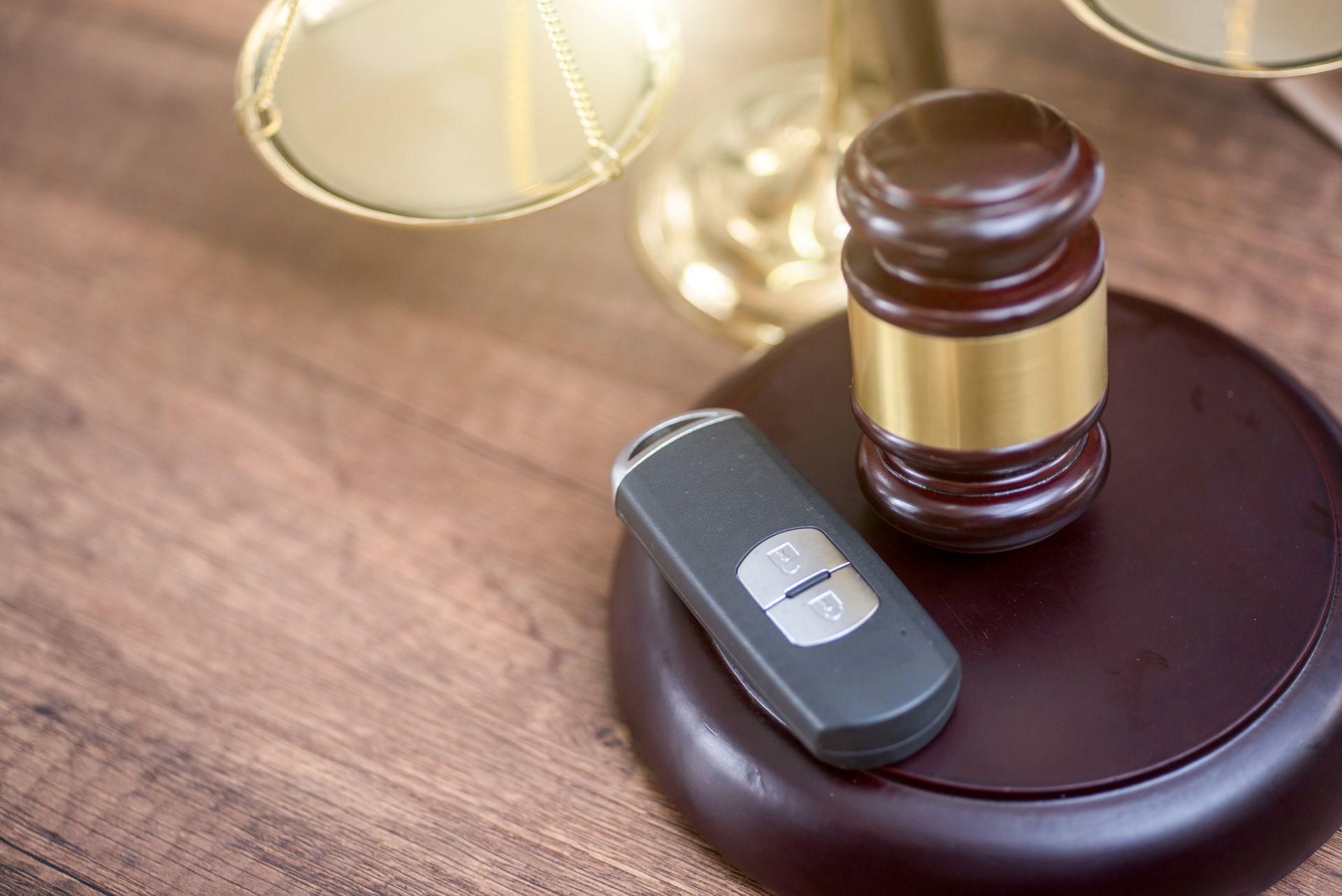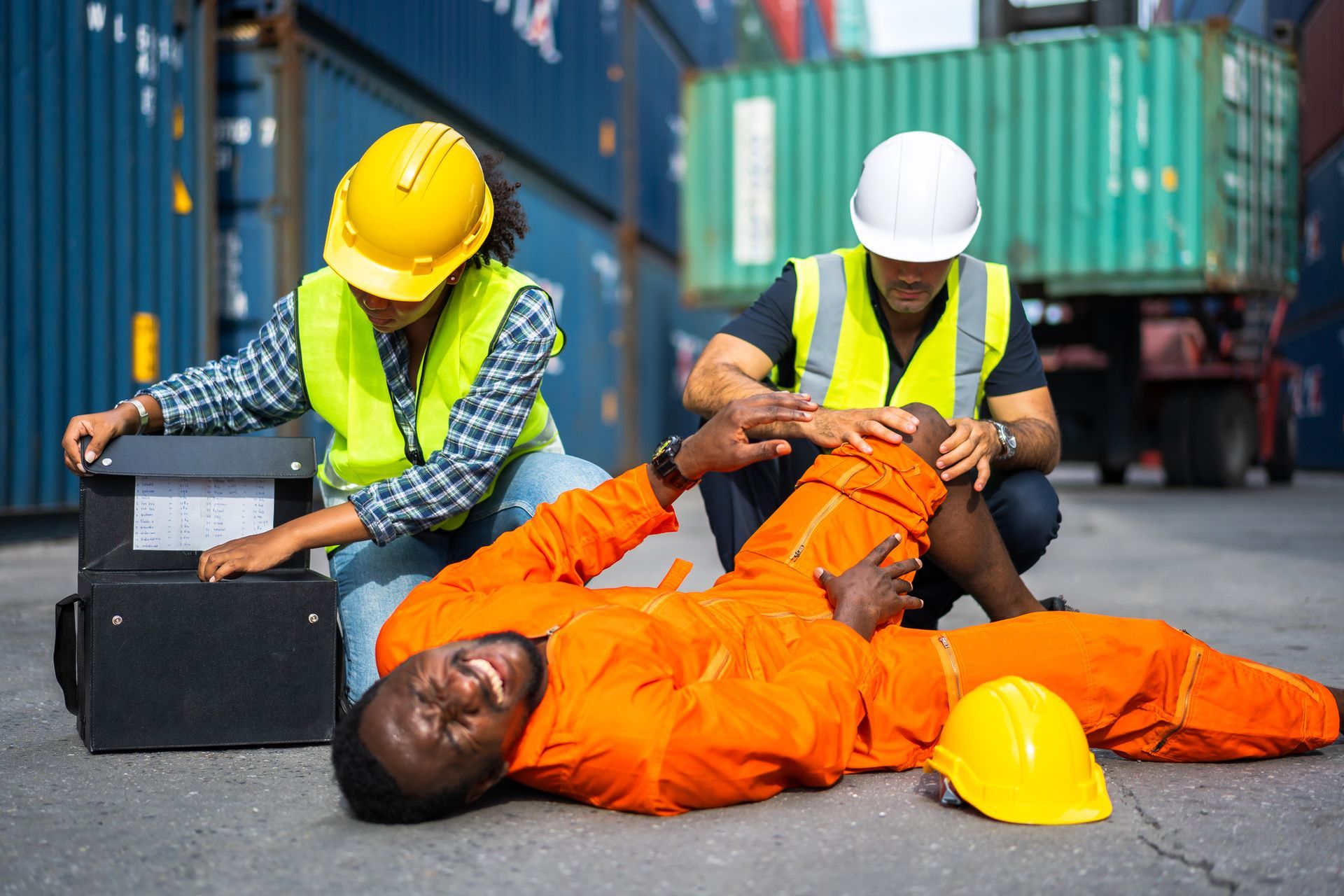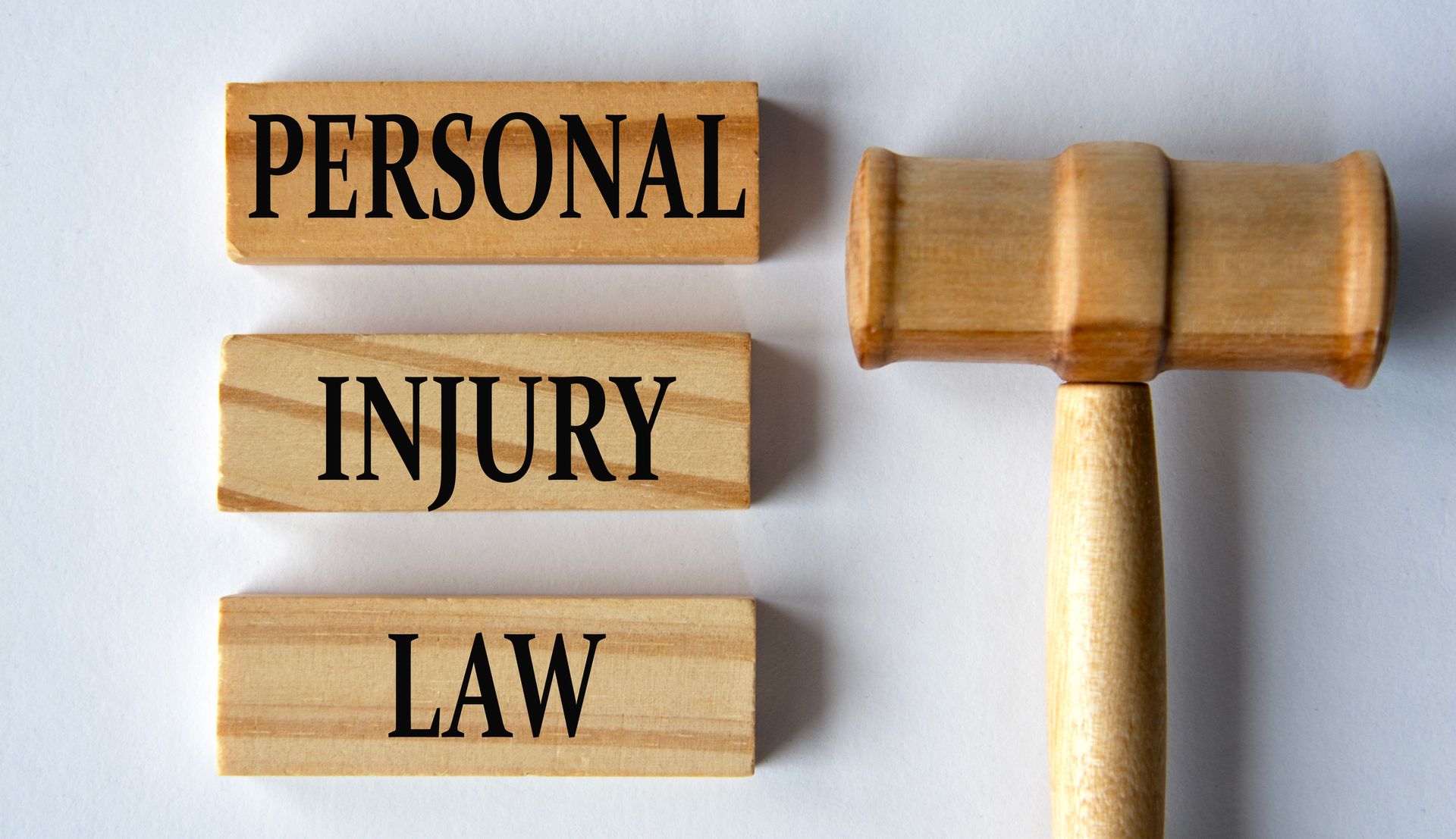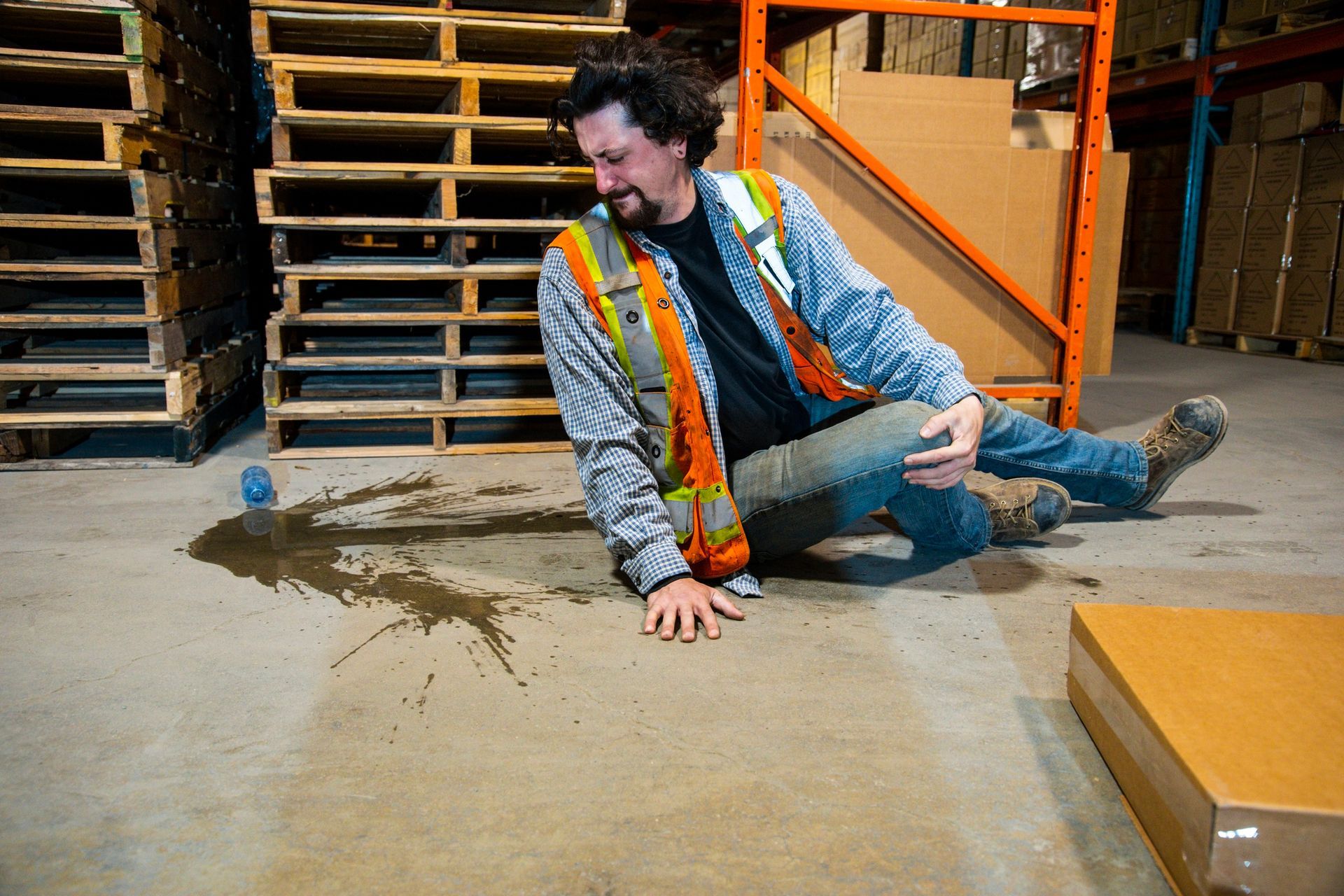Summer Swimming Season
Backyard Pools and Liability
BACKYARD POOLS: WHEN INJURY BECOMES LIABILITY
Summer swim season is upon us. Many of us just celebrated Memorial Day with backyard barbecues and swim parties. While we don’t like to think about accidents, especially in the context of summer fun and healthy play times, accidents can and do happen. Whether you own a backyard pool or visit one owned by a friend or neighbor, paying attention to the safety of all swimmers and guests is critical.
Although the rules vary somewhat from state to state, premises liability usually recognizes three different types of "entrants" on the land (trespassers, licensees and invitees) and different degrees of care are owed by the owner to each type of entrant. Although the degree of care may shift depending on the entrant, and even in those states that no longer distinguish among categories entrants, the pool owner's duty is broadly stated as the duty to make the pool reasonably safe for anticipated use.
Because a pool is considered part of the property it is located on, premises liability rules will typically apply in a pool injury lawsuit. "Premises liability" is the short-hand term for the set of laws used to determine who (if anyone) is liable when a particular condition or use of a building, land or other premises causes an injury. Usually, a guest to a private, backyard pool is characterized as a “licensee” and the duty of care owed to him/her is to warn of dangerous conditions that are not apparent, such as a sudden drop off in the pool that creates deep water, or a hidden shallow area not safe for diving.
CHILDREN AND POOLS: ALWAYS A RISK, AND ALWAYS A DUTY
Normally, an owner of property—be it land or a backyard pool—does not owe a duty of care to trespassers; the rationale is that the trespassers were not invited onto the property, they should not be on the property, and therefore no duty to keep them safe is owed.
Children are different, and the law treats them differently. Pools, trampolines, jungle gyms (and railroad tracks, the actual origin of the doctrine), are “attractive” to kids, and therefore owners should anticipate that children will attempt to gain access to them. This ability to anticipate child trespassers—to foresee risk and potential injury—has led to the imposition of a duty of care on owners with respect to children. Known as the “attractive nuisance doctrine,” owners of property that includes things that attract children, such as pools, have a duty to exercise reasonable care even to child trespassers. Enclosing a pool or a yard containing a pool with a fence and locked gate is one way to prevent unintended access.
COMMON CAUSES OF SWIMMING POOL INJURIES
Although wet surfaces surrounding a pool are unavoidable, they are a common cause of slip and fall injuries. Another common cause of injury is the misuse of diving boards and/or slides; jumping off of these or trying to do tricks/stunts can lead to traumatic brain injury, fractures, and respiratory injury. The inability to swim, especially when combined with the lack of adequate supervision, is also a common cause of pool injuries. Backyard, private pools do not have lifeguards like public pools do; people often view backyard pools as less dangerous and more “family friendly” than public pools and therefore not in need of formal supervision.
The truth is, however, that drowning can occur in any body of water—even a bathtub—and relying on pool toys to keep a child afloat is never a good idea. Every year in the United States there are an estimated:
- 3,960* fatal unintentional drownings, including boating-related drowning—that is an average of 11 drowning deaths per day.
- 8,080† nonfatal drownings—that is an average of 22 nonfatal drownings per day.
Children ages 1–4 have the highest drowning rates. Most drownings in children 1–4 happen in swimming pools. Drowning can happen anytime, including when children are not expected to be near water, such as when they gain unsupervised access to pools. Fatal drowning is the second-leading cause of unintentional injury death behind motor vehicle crashes for children ages 1–14.
WHAT TO DO IF A POOL ACCIDENT OCCURS
If an accident with injury occurs at a pool, the first and most important thing to do is to attend to the injured person; give CPR, call an ambulance, bandage scrapes and cuts, or take someone with a suspected fracture to the ER. Document all care required, and take pictures of any defect (e.g. broken ladder or loose diving board) or hazardous condition that might have caused the injury. Write down the names and contact information of people present at the time and scene of the accident. Then contact Dave Thomas at The Thomas Law Firm for a free consultation regarding your legal rights.








